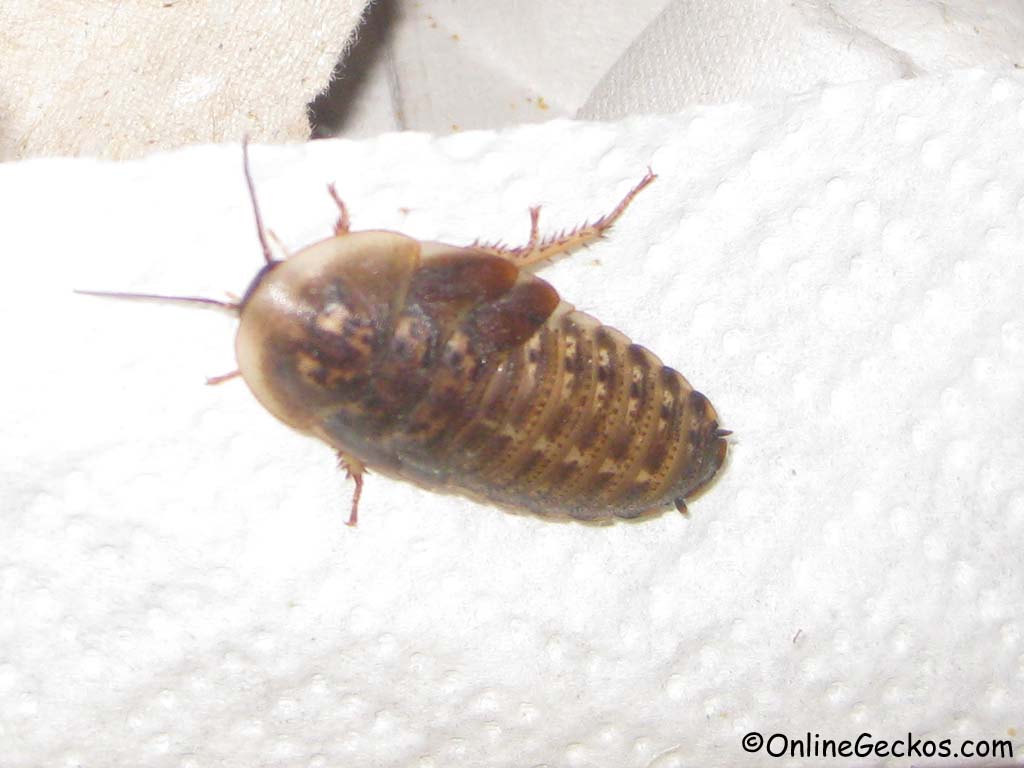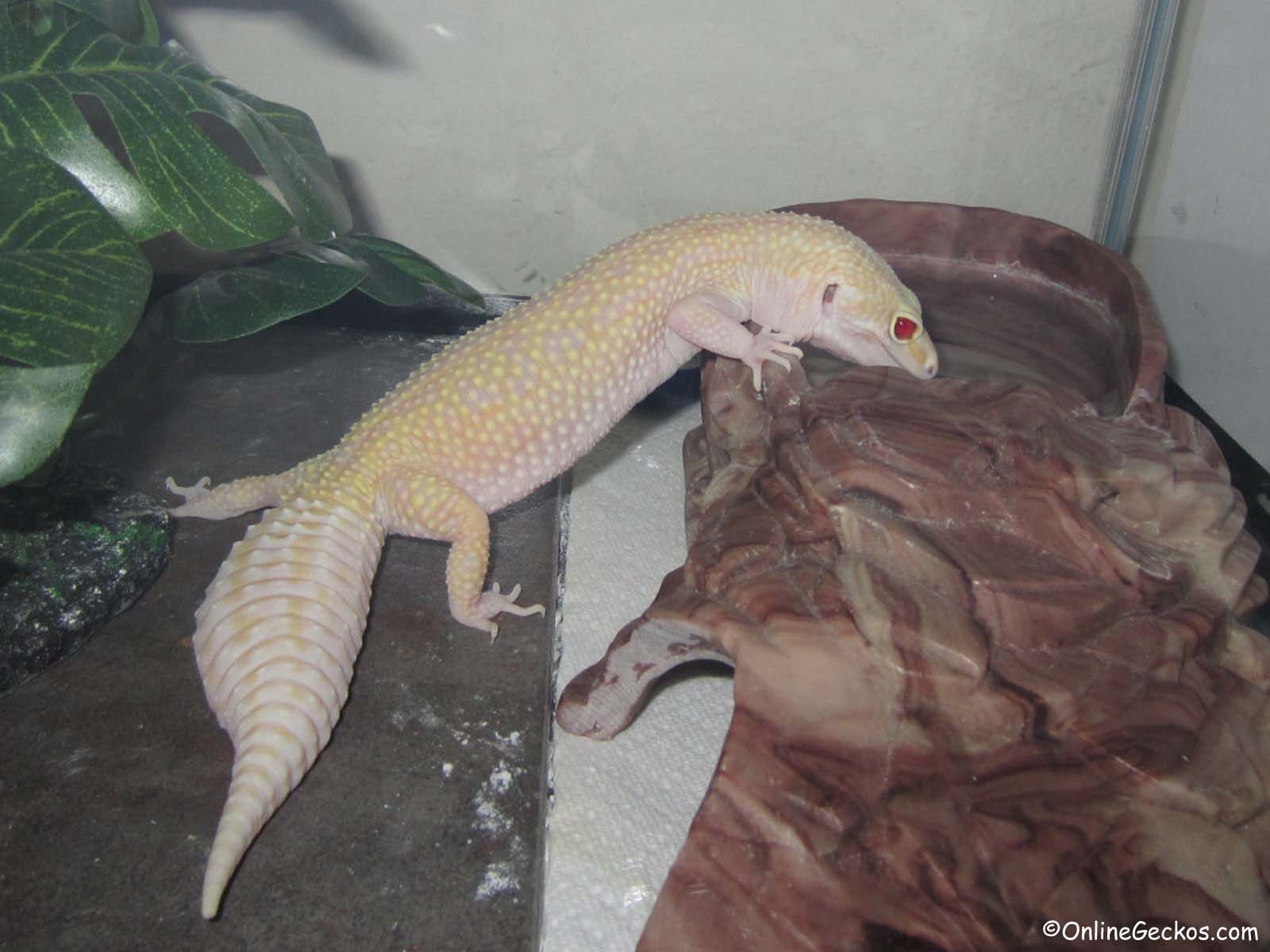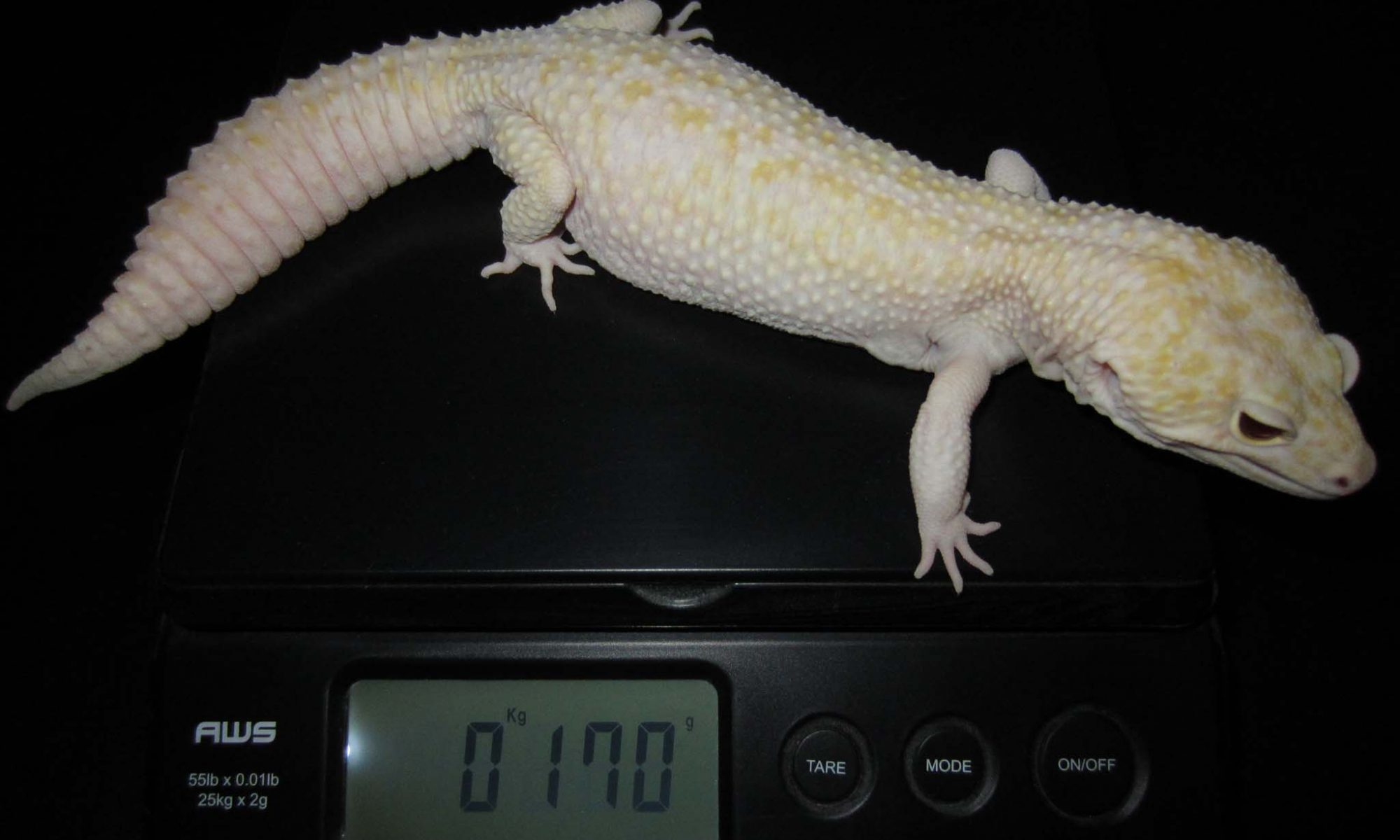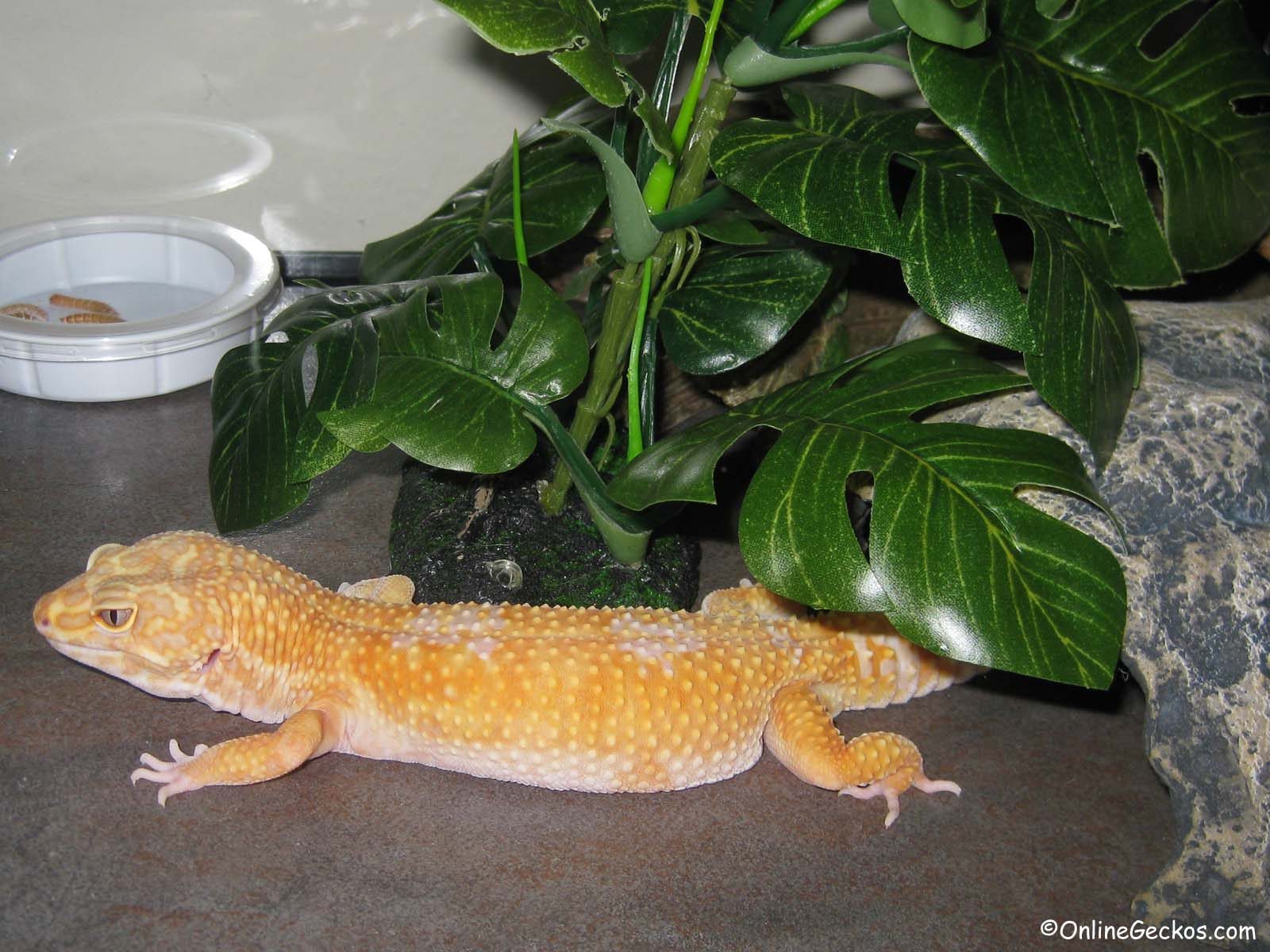Leopard geckos are insectivores, they must be fed on live insects. In this guide we will explore leopard gecko feeding options and nutritional value of common feeder insects.
Leopard Gecko Feeding – What feeder insects to use?
Leopard geckos can be fed on a wide variety of insects, popular choices including, but not limited to, crickets, mealworms, superworms, dubia roaches, hornworms, waxworms, phoenix worms, silkworms, butterworms, and more. Some feeder insects are more readily available so they are more affordable and easier to find. We will review some popular feeder insects used for leopard gecko feeding.
Crickets
Nutritional Information: Moisture 69.07%, Fat 6.01%, Protein 21.32%, Fiber 3.2%, Ash 2.17%, Ca ppm 345, P ppm 4238, CA/P ratio 0.081% (source)
Pro: Easy to find, cheap, low fat, high protein, easy to care for, gut-loads well, erratic movement stimulates feeding
Con: Noisy, unpleasant smell, short lifespan, jumpy, hide in crevices hard to fish out of the tank, can bite your gecko, can carry parasites
Mealworms
Nutritional Information: Moisture 62.44%, Fat 12.72%, Protein 20.27%, Fiber 1.73%, Ash 1.57%, Ca ppm 133, P ppm 3345, CA/P ratio 0.040% (source)
Pro: Easy to find, cheap, high protein, easy to care for, decent lifespan (can be prolonged by refrigeration), no mess or smell, easy to breed your own feeder colony
Con: Higher fat content, bad calcium to phosphorous ratio, doesn’t gut-load as well (small digestive tract), slow movement may not stimulate your leopard gecko feeding as much
Notes: Giant mealworms are mealworms treated with juvenile hormone analog, S-Methoprene. S-Methoprene is an insect growth regulator, it prevents the mealworm from pupating. We have an article if you wish to learn more about how giant mealworms are created. Read the article so you can decide for yourself whether you want to use giant mealworms as feeders.
Superworms
Nutritional Information: Moisture 59.37%, Fat 17.89%, Protein 17.41%, Fiber 6.80%, Ash 1.20%, Ca ppm 124, P ppm 2320, CA/P ratio 0.053% (source)
Pro: Easy to find, cheap, decent protein, easy to care for, long lifespan (no refrigeration needed), no mess or smell, easy to breed your own feeder colony
Con: High fat content, lower protein, may not be suitable for younger/smaller geckos, bad calcium to phosphorous ratio, doesn’t gut-load as well, can bite
Dubia Roaches
Continue reading “Leopard Gecko Feeding – Feeder Insects Nutritional Value Facts”




